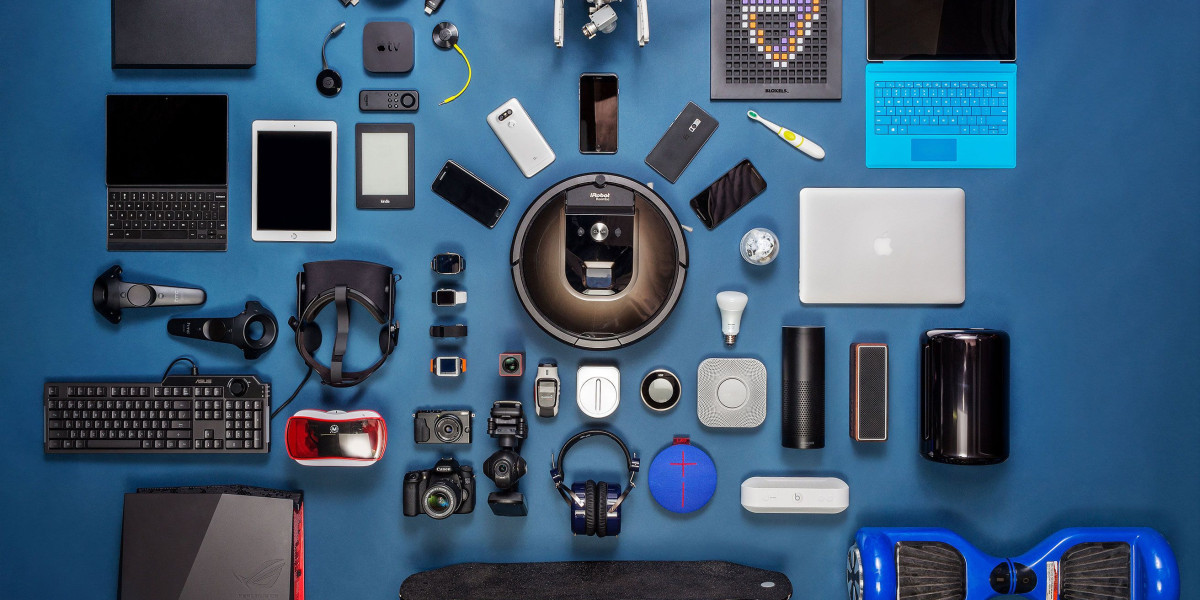Usually, the greatest signifier of a tripped circuit breaker is power going off in a specific part of your house instead of throughout the house. You might also notice that multiple outlets in a single room—even a USB electrical outlet—have stopped working.
If your circuit breaker is tripping, check on your electrical circuits by going to your home’s electrical panel or fuse box. Make sure that you know where your electrical panel or fuse box is and that its opening is easily accessible and not blocked by furniture, boxes, books, or shelves.
If your circuit breaker and fuse aren’t accessible or labeled, it’s a good idea to take the time to figure out each switch or fuse and the area it controls. Then, when a circuit or fuse trips or blows, you’ll know exactly which one it is. For areas that might have two breakers or fuses, such as the kitchen, you should carefully label which part of the kitchen each of the two switches controls. Doing so will save you time and energy whenever your circuit breaker trips randomly.
If a circuit breaker trips due to exceeding its maximum amperage, its switch handle will have moved between the “on” and “off” positions. You may see a red area indicating that the circuit breaker has tripped. However, it depends on your electrical panel. For some panels, the trip only causes a minimal movement of the handle; in that case, you’ll need to look closely at the switches to figure out which one has tripped.
How Do You Reset a Tripped Circuit Breaker?
To reset your circuit breaker, turn off the breaker by moving the switch or handle to the “off” position. Then, turn it back on. For safety, it’s a good idea to stand back from, or to the side of, the panel, just in case any sparks come from the breaker when it’s moved. You might even consider wearing safety goggles to protect your eyes.
It's best to prepare for a power outage ahead of time. Remember to keep a flashlight and batteries near the electrical panel to help illuminate the area if the power is off (and if you can’t use the flashlight on your cell phone to preserve its battery). Wait a few minutes after resetting the circuit breaker before unplugging and plugging in your various appliances to try and figure out what specifically overloaded the circuit or caused the trip.
What is a Ground Fault?
A ground fault can happen when a hot or active wire contacts the ground wire. The ground wire is a grounded portion of the junction box or a grounded area of an appliance. When a hot wire and a ground wire make contact, large amounts of current go through the circuit breaker, which will often cause the circuit breaker to trip.
Ground faults usually take place when equipment is damaged or defective. They can pose a real danger since live electrical parts may be exposed, leading to accidental contact and potentially a nasty shock. Ground fault shocks can happen if you touch the hot side of the electrical circuit while wet. This means that the danger is much more pronounced in kitchens, bathrooms, and outdoor spaces, where the floor is more likely to be damp.



